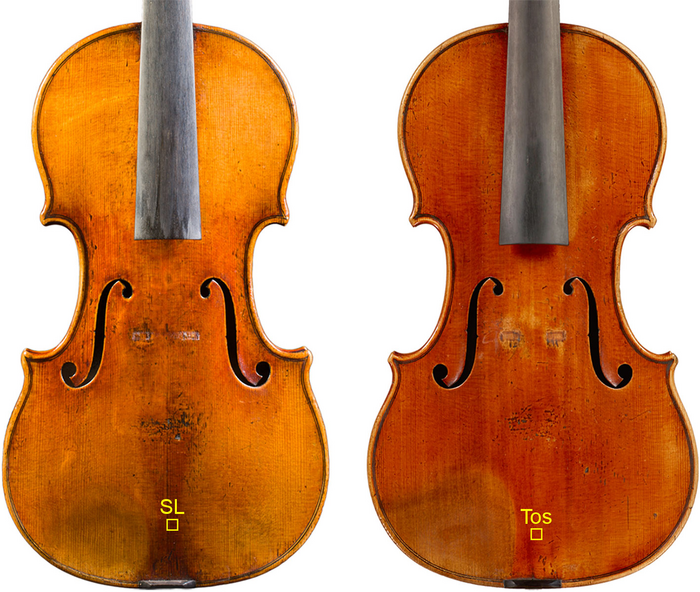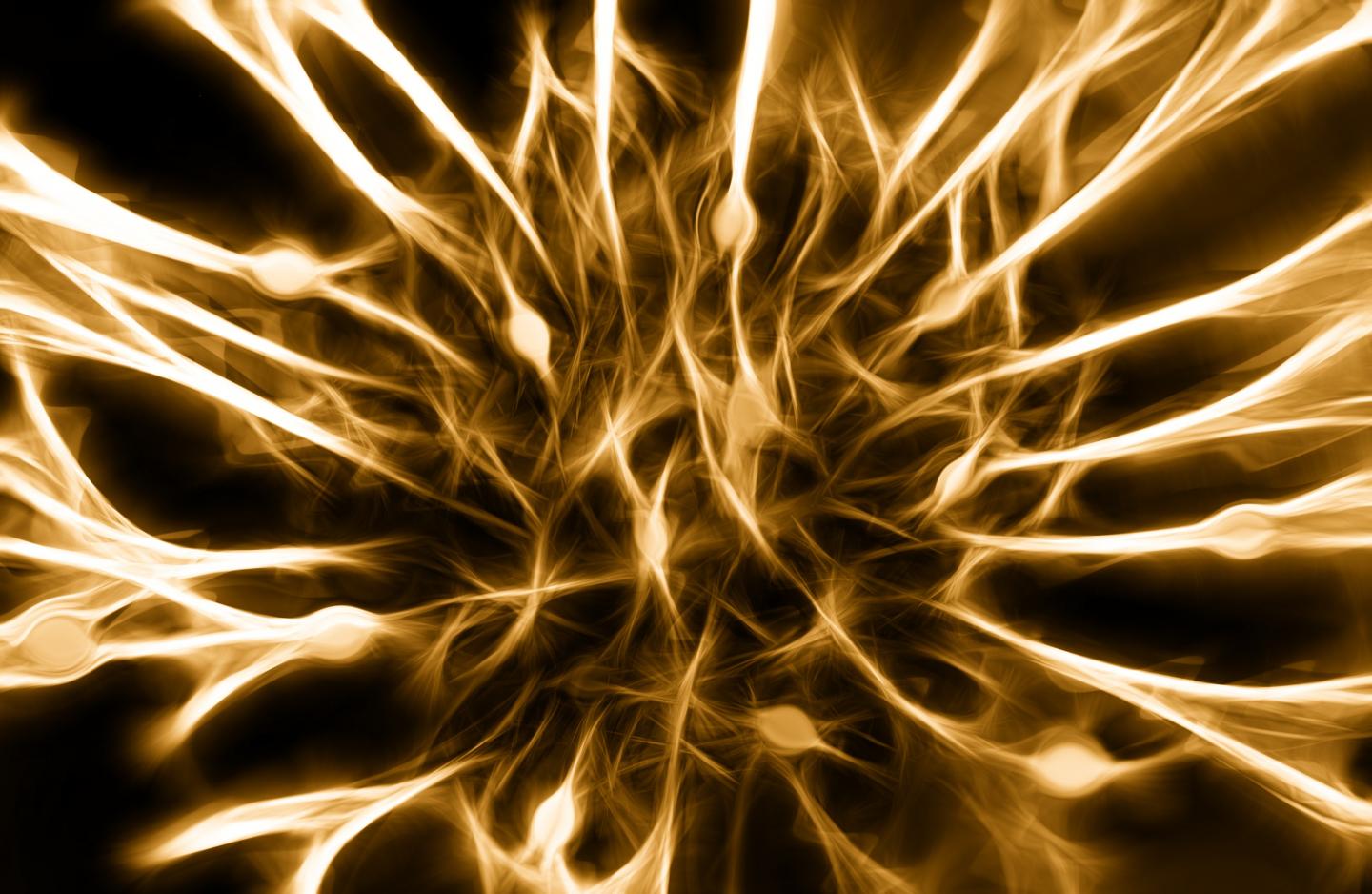
An October 25, 2022 American Chemical Society (ACS) news release (also on EurekAlert) describes how the mystery of the violins was unraveled,
Stradivarius violins produce elegant music with a level of clarity that is unparalleled by modern instruments, according to some musicians. And it’s the finishing touches — mysterious treatments applied hundreds of years ago by Antonio Stradivari — that contribute to their unique look and sound. In a step toward unraveling the secret, researchers in ACS’ Analytical Chemistry report on a nanometer-scale imaging of two of Stradivari’s violins, revealing a protein-based layer between the wood and varnish.
Previous studies have reported that some stringed instruments crafted by Stradivari have a hidden coating underneath the shiny varnish. This coating’s purpose would have been to fill in and smooth out the wood, influencing the wood’s resonance and the sound that’s produced. Knowing the components of this film could be key to replicating the historic instruments in modern times. So, Lisa Vaccari, Marco Malagodi and colleagues wanted to find a technique that would determine the composition of the layer between the wood and varnish of two precious violins — the San Lorenzo 1718 and the Toscano 1690.
Using a technique previously used on historic violins, synchrotron radiation Fourier-transform infrared spectromicroscopy, the team found that both samples had an intermediary layer, but this method couldn’t differentiate the layer’s composition from the adjacent wood. Then they turned to infrared scattering-type scanning near field microscopy (IR s-SNOM) to analyze the samples. The IR s-SNOM apparatus includes a microscope that collects images tens of nanometers wide and measures the infrared light scattered from the coating layer and the wood to collect information about their chemical composition. The results of the new method showed that the layer between the wood and varnish of both instruments contained protein-based compounds, congregating in nano-sized patches. Because IR s-SNOM provided a detailed 3D picture of the types of substances on the violin’s surface, the researchers say that it could be used in future studies to identify compounds in complex multi-layer cultural heritage samples.
The authors acknowledge CERIC-ERIC [Association of European-level Research Infrastructure Facilities] and Elettra Sincrotrone Trieste for access to experimental facilities and financial support.
The American Chemical Society (ACS) is a nonprofit organization chartered by the U.S. Congress. ACS’ mission is to advance the broader chemistry enterprise and its practitioners for the benefit of Earth and all its people. The Society is a global leader in promoting excellence in science education and providing access to chemistry-related information and research through its multiple research solutions, peer-reviewed journals, scientific conferences, eBooks and weekly news periodical Chemical & Engineering News. ACS journals are among the most cited, most trusted and most read within the scientific literature; however, ACS itself does not conduct chemical research. As a leader in scientific information solutions, its CAS division partners with global innovators to accelerate breakthroughs by curating, connecting and analyzing the world’s scientific knowledge. ACS’ main offices are in Washington, D.C., and Columbus, Ohio.
Here’s a link to and a citation for the paper,
A Nanofocused Light on Stradivari Violins: Infrared s-SNOM Reveals New Clues Behind Craftsmanship Mastery by Chiaramaria Stani, Claudia Invernizzi, Giovanni Birarda, Patrizia Davit, Lisa Vaccari, Marco Malagodi, Monica Gulmini, and Giacomo Fiocco. Anal. Chem. 2022, 94, 43, 14815–14819 DOI: https://doi.org/10.1021/acs.analchem.2c02965 Publication Date:October 17, 2022 Copyright © 2022 American Chemical Society
This paper appears to be open access.
